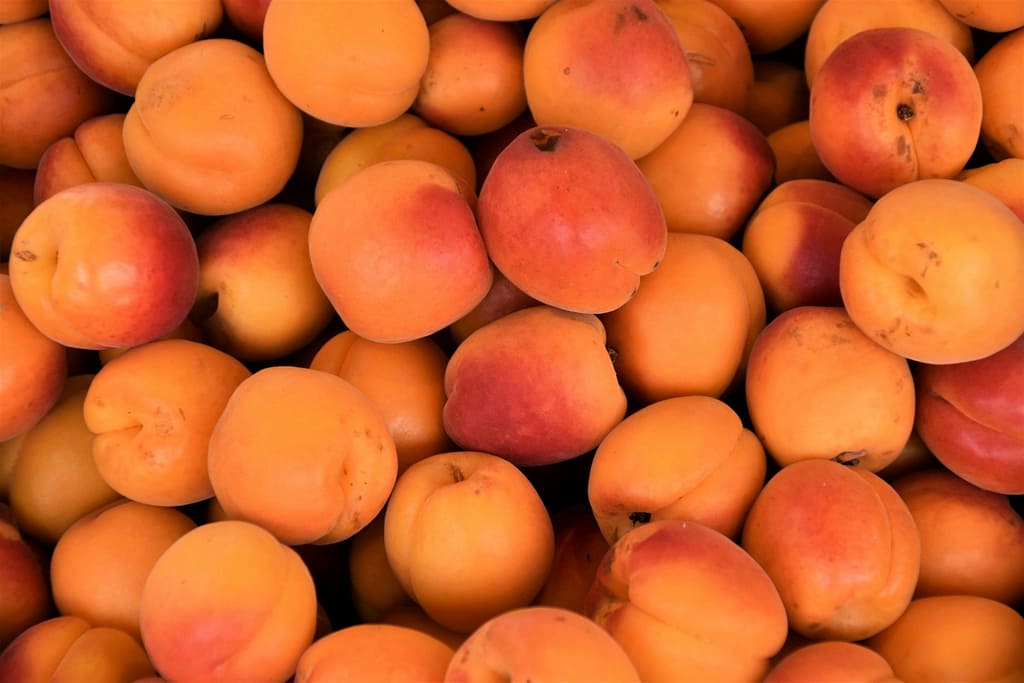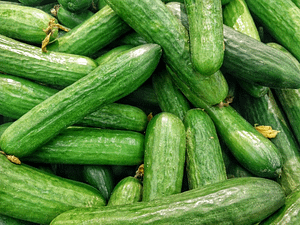
Blackberries, belonging to the family Rosaceae and the genus Rubus, are a delightful and nutritious fruit that has captivated people for centuries. With a wide variety of species and hybridizations, blackberries offer a diverse range of flavors and characteristics. In this article, we will delve into the history of blackberry cultivation, explore some of the main species, and appreciate the unique qualities that make this fruit so special.
The History of Blackberry Cultivation
The cultivation of blackberries dates back to ancient times. The Rubus species, from which blackberries originate, has undergone hybridization over the years, resulting in different scientific names for each hybrid. One of the most well-known species is Rubus fruticosus, commonly referred to as European blackberry. Native to Europe, this species has played a significant role in the cultivation and popularity of blackberries.
Another notable species is Rubus ursinus, also known as the Pacific Blackberry. Native to the western United States, this species has its own unique characteristics and flavor profile. These two species are just a glimpse into the vast world of blackberries, each offering its own distinct qualities.
The Main Species of Blackberries
Blackberries come in a variety of species, each with its own characteristics and growing conditions. Here are some of the main species:
1. Rubus fruticosus (European Blackberry)
The European blackberry, or Rubus fruticosus, is a widely cultivated species known for its deliciously sweet and tart flavor. It is native to Europe but has been introduced to various parts of the world. European blackberries are typically larger in size and have a deep purple or black color when fully ripe.
These blackberries are commonly used in desserts, jams, and jellies. They can also be enjoyed fresh, either on their own or as a flavorful addition to salads and smoothies.
2. Rubus ursinus (Pacific Blackberry)
The Pacific blackberry, or Rubus ursinus, is native to the western United States, particularly in the Pacific Northwest region. This species is known for its robust flavor and intense sweetness. Pacific blackberries are smaller in size compared to European blackberries, but they make up for it with their exceptional taste.
These blackberries thrive in cooler climates and are often found growing wild in forests and along trails. They are a favorite among foragers and can be used in a variety of culinary creations, from pies and cobblers to sauces and syrups.
3. Other Species
In addition to Rubus fruticosus and Rubus ursinus, there are many other species of blackberries that offer their own unique qualities. Some of these include Rubus allegheniensis (Allegheny blackberry), Rubus argutus (sawtooth blackberry), and Rubus laciniatus (cutleaf blackberry).
Each of these species has its own distinct flavor profile, size, and growing requirements. Exploring the different species of blackberries can be a delightful journey into the world of flavors and textures.
The Unique Qualities of Blackberries
Blackberries are not only delicious but also packed with nutrients and health benefits. Here are some of the unique qualities that make blackberries a fantastic addition to your diet:
1. Rich in Antioxidants
Blackberries are a rich source of antioxidants, which help protect the body against free radicals. These antioxidants, such as anthocyanins and ellagic acid, have been linked to numerous health benefits, including reduced inflammation and improved heart health.
2. High in Vitamins and Minerals
Blackberries are packed with essential vitamins and minerals, including vitamin C, vitamin K, and manganese. These nutrients play a crucial role in supporting overall health, boosting the immune system, and promoting healthy skin.
3. Dietary Fiber
Blackberries are an excellent source of dietary fiber, which aids in digestion and promotes a healthy gut. Fiber also helps regulate blood sugar levels and promotes feelings of fullness, making blackberries a great snack option for those looking to manage their weight.
4. Versatile Culinary Uses
Blackberries can be enjoyed in a variety of culinary creations. From pies and tarts to jams and sauces, the possibilities are endless. Their vibrant color and sweet-tart flavor make them a favorite ingredient among chefs and home cooks alike.
In Conclusion
Blackberries are a fascinating fruit with a rich history and variety. From the ancient cultivation practices to the diverse species and hybridizations, blackberries continue to captivate our taste buds and offer numerous health benefits. Whether you prefer the European blackberry or the Pacific blackberry, each species has its own unique qualities that make it a delightful addition to any dish. So, the next time you bite into a juicy blackberry, take a moment to appreciate the centuries of cultivation and the remarkable flavors that nature has to offer.

